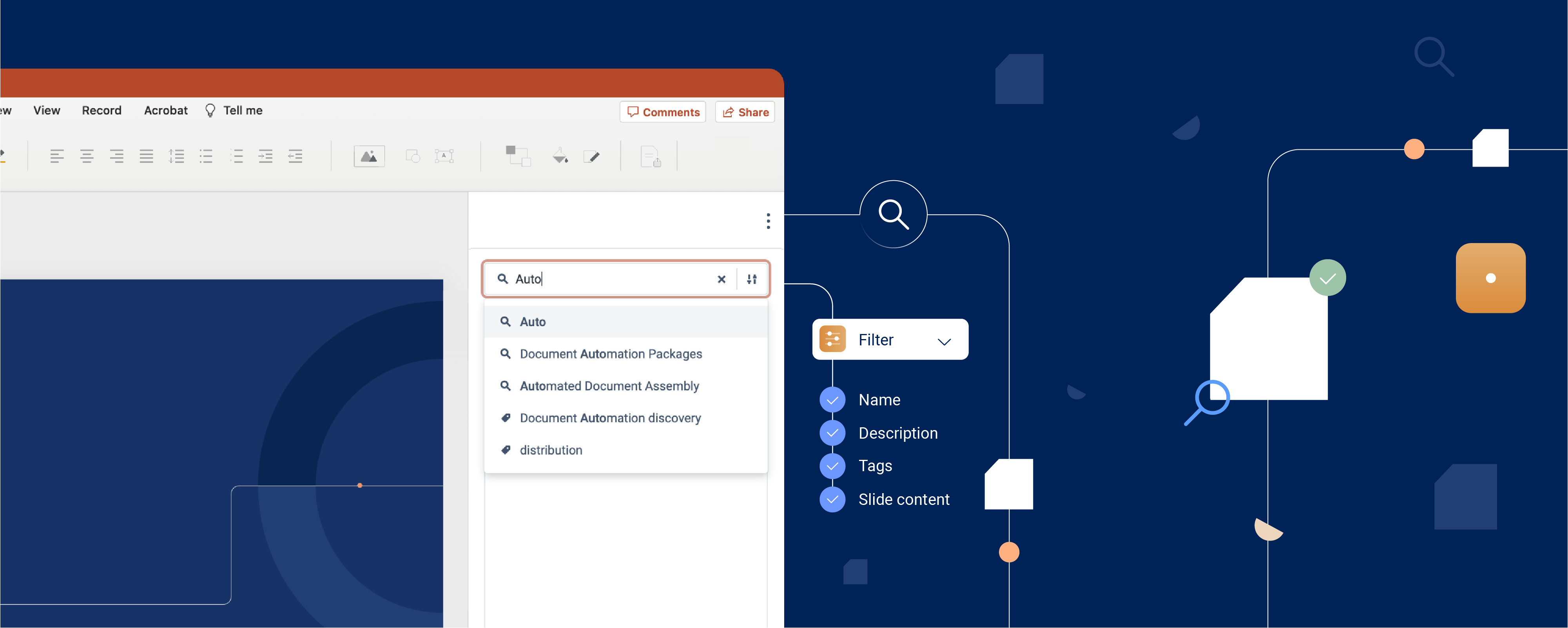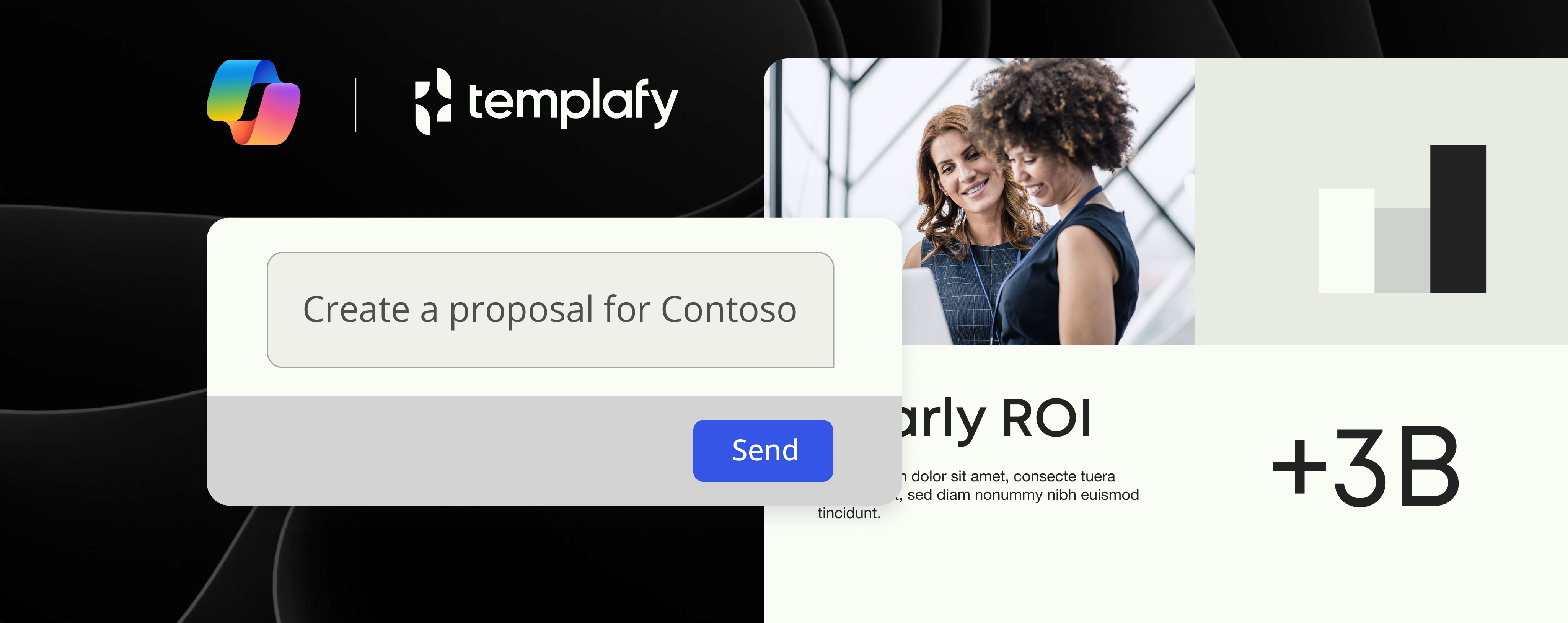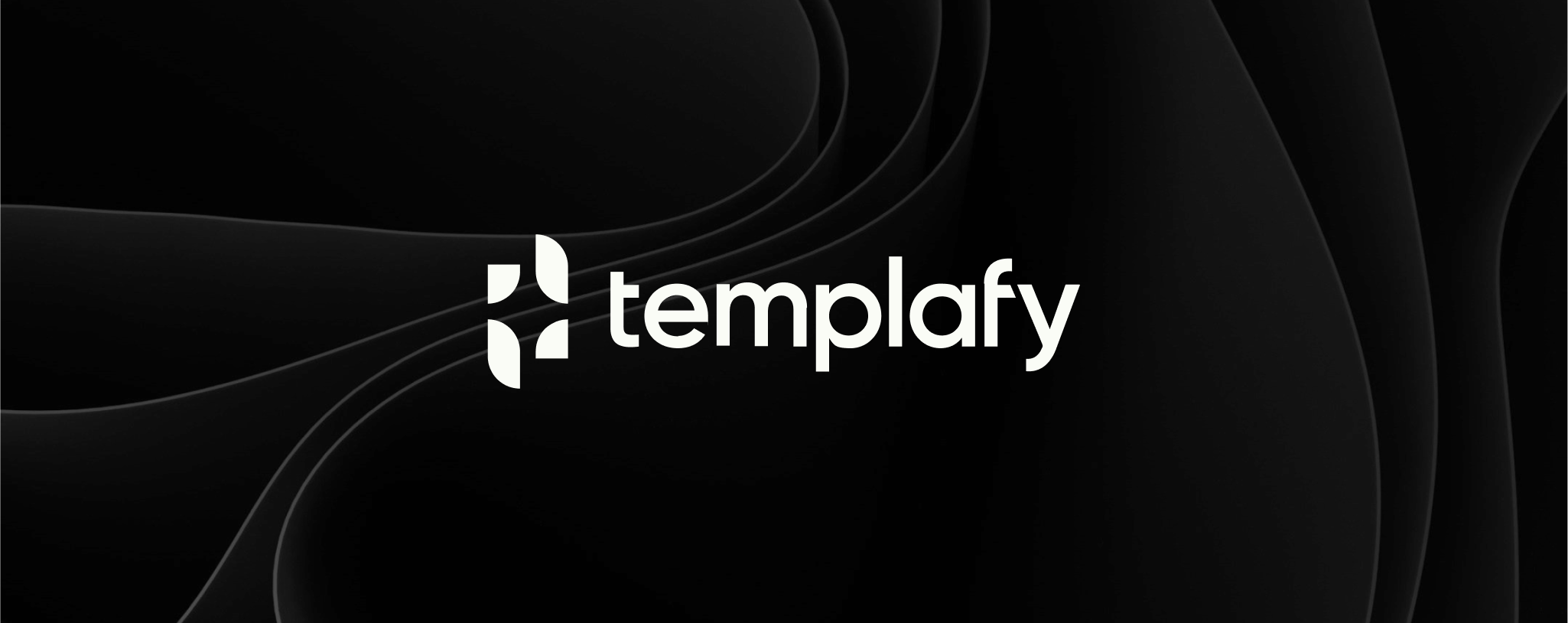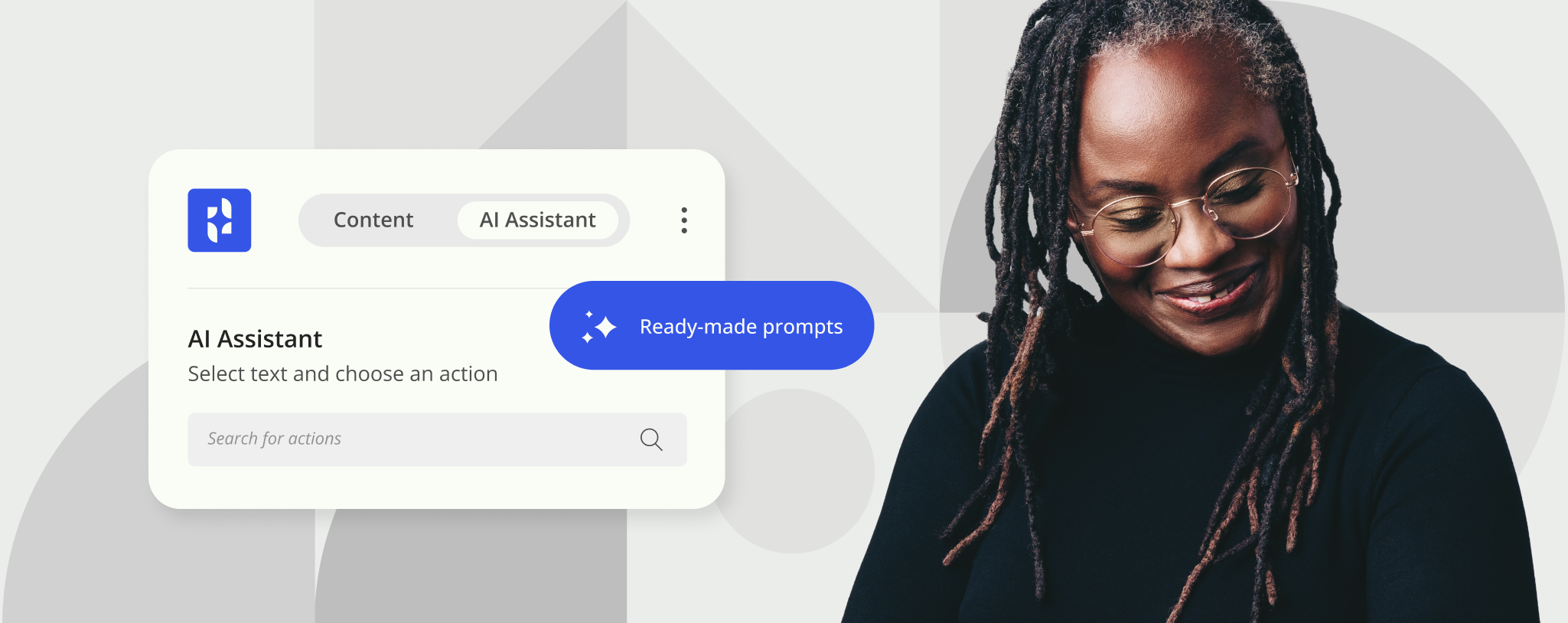How can enterprises better manage large volumes of content?

With the exponential growth of content and knowledge across global organizations, pinpointing specific information isn’t easy.
Templafy’s product team offers insights into how investing in enhanced search functionality can expedite the process of locating company documents, assets and data.
Quick access to company knowledge isn’t just a convenience; it’s a critical factor driving revenue.
So what happens when an organization’s documents and assets are buried in a labyrinth of filing systems, cloud storage, databases and apps?

According to our Content is Everything report, 69% of employees have used Google to search for a company image or logo, and 62% say they have wasted time creating content that already exists in their organization.
In this blog, Senior Product Manager Flemming Humlum Søgaard reveals the results of Templafy’s Search Discovery project, as we ask: What happens when we remove the traditional folder structure altogether?
“Search experiences like Google and Chat GPT have set the standard for how users expect to access information. Traditional folder structures, like those introduced by Microsoft in the 90s, are no longer powerful enough to manage the documents, assets, and data that employees need to access daily.”

Flemming Humlum Søgaard
Senior Product Manager, Templafy
What’s the problem with traditional file storage?
“Our three-month-long discovery process at Templafy has uncovered a fundamental flaw in traditional filing systems: they do not take into account the varying needs of employees across various roles and levels of experience,” explains Flemming.
“Templafy’s search update takes a fresh approach, focusing on how employees interact with company information, by surfacing files they may not have been aware of.”
First, let’s explore the key differences between expert vs novice users and admins v end users.
Expert vs novice users
“All employees need access to company knowledge, assets and insights, so they can make informed decisions, faster. Expert end users know what they are looking for, whereas novice users need to use search to explore.”
Admins vs end users
“Another important separation we discovered is the relationship between admins and end users. As content creators, admins have their own way of organizing information, which may not translate well to other information seekers. This impacts workflows and increases the importance of powerful search capabilities.”
How we’re improving search capabilities
From enabling more specific searches to sourcing content from multiple asset types, we’re putting the user’s need at the heart of the discovery process.
Search suggestions and filtering capability
Templafy provides users with suggested keywords based on existing content, to guide novice users to find relevant content faster.
Users can also filter their search based on an asset’s name, description, slide content or tags to help narrow in the search results if the volume is too large or if they know the exact type of content they’re looking for.
Cross-asset library search
Templafy indicates when there is content matching the search keyword in other asset folders, to help users who do not know exactly what type of content to use to get their message across.
Get started with Templafy
Better search functionality is revolutionizing the way global enterprises manage large volumes of content. Get in touch to discover how Templafy can enable better content management at any complexity and scale.



